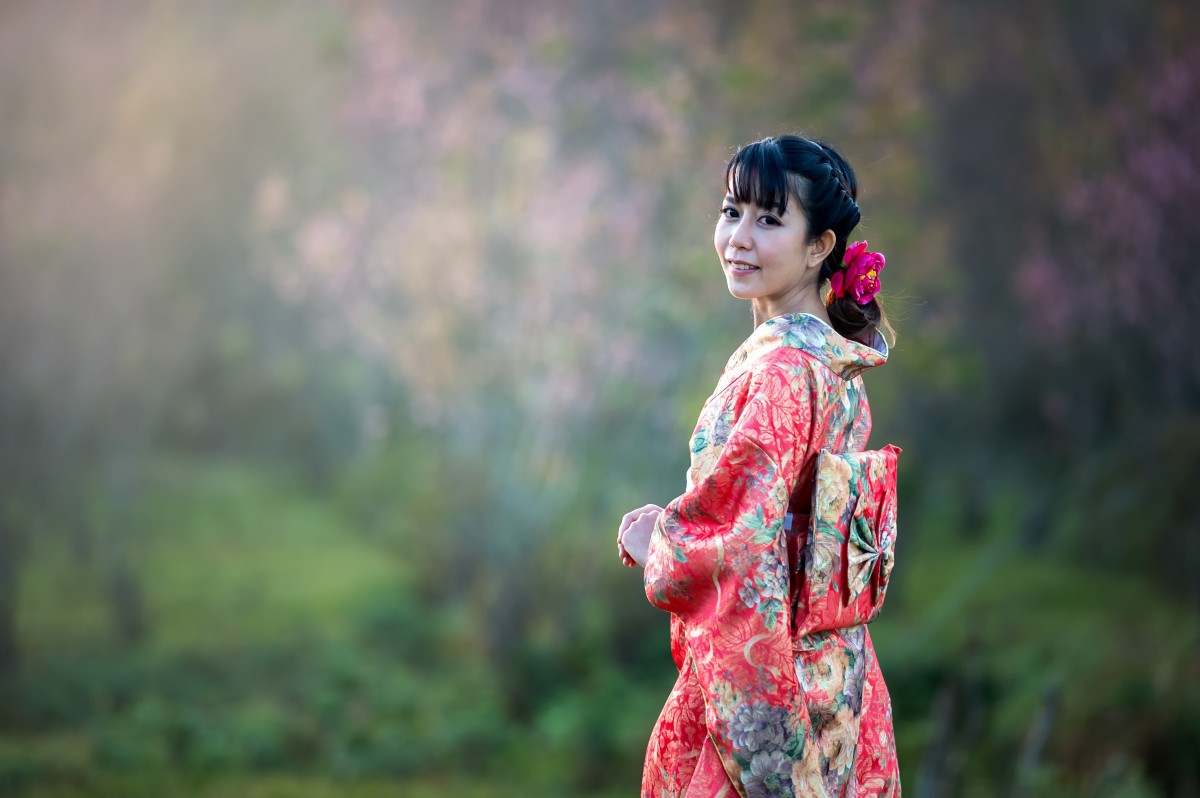
Saunas in Japan have been used over the years for business, pleasure, relaxation, and have commonly maintained an image of being used by old, middle-aged Japanese businessmen. The reputation’s effects are somewhat sad as it’s believed likely to have turned off a lot of people from even trying a sauna in Japan. Fortunately, in the last decade, that’s begun to change. The younger generation of Japanese have begun to take up regular sauna sessions – including women, a demographic that’s notoriously avoided this activity.
In response to interest from a younger generation, Japan’s business class has produced more unconventional, modern saunas appearing in popular districts all over the country. Some are attached to working space, while others are advertised as health spas. In Japan, the younger crowd with interest in saunas are regularly referred to as ‘saunners’. For saunners, they’re known to visit saunas almost every day, warming the body and relaxing after a day at work. To them, saunas have given their bodies the chance to heal, and it’s allowed their mental health to feel refreshed and renewed.
Going back to the initial history of modern saunas in Japan, sauna facilities only began to show up here beginning in the early 1950s. Saunas began to really take popularity in 1964 when they were installed in the Athlete’s Village for the Olympics that year. For every year that followed, more saunas begin popping up. Initially, saunas in Japan were men-only and usually attached with a hotel stay. That’s how the image of saunas in Japan came to be, with middle-aged and elderly men as their only patrons. In this time period, the Japan Sauna Institute was created – again, a male-dominated body overseeing the use of and regulating saunas in the country.
In the last century, as social Japan has changed, more women have come to use saunas in Japan’s public bathhouses known as ‘super sento’. These bathhouses are also popular among families, in large part because of the variety of tubs offered at these locations – including bubbling whirlpool baths. Although the saunas of old sometimes had temperatures up to 100 Celsius, today’s saunas are likely to be closer to 80 Celsius. At the same time, new services are being advertised in saunas. “loyly” involves spraying water onto hot stones to create steam which initiates sweating. “aufguss” allows a user to enjoy air currents created by a person waving a towel. There are even some businesses who have discounted sauna usage fees, similar to how in North America some companies offer a discount to certain fitness facilities. For some companies, employee usage of saunas is as high as eighty percent!
Despite all this positive noise around saunas and steam baths in Japan, the actual amount of saunas in Japan has been down in the last couple years – primarily due to aging facilities failing to replace older rooms. Nonetheless, the saunas that are available continue to carry on the Japanese history of steam bathing, something which is closely tied with Japanese culture. As Japan’s headed towards a sauna renaissance, it’ll be interesting to see how young people and the next generation take on the culture.
For saunas, steam rooms, and steam baths, please visit Steam Sauna. A representative can recommend the most appropriate option for your home or place of business in Canada, the United States, or internationally.
